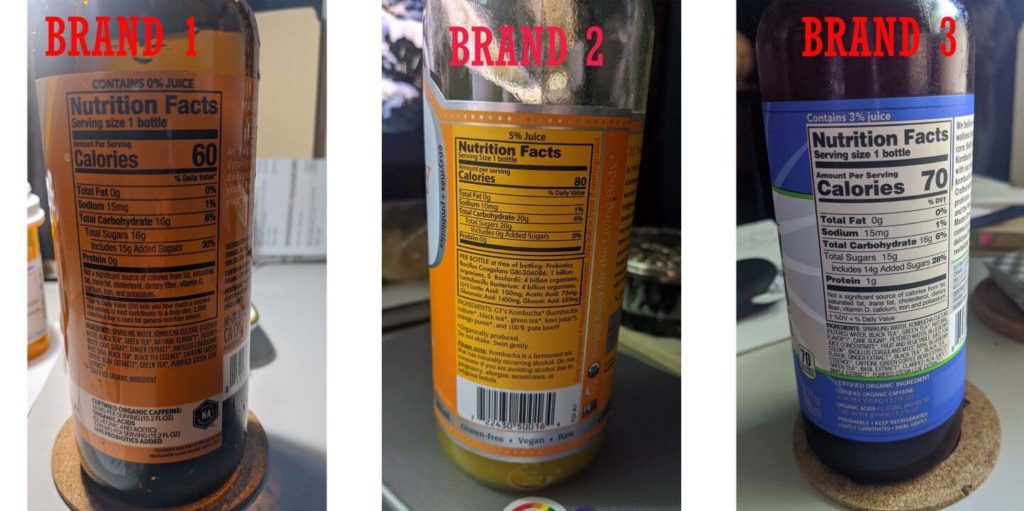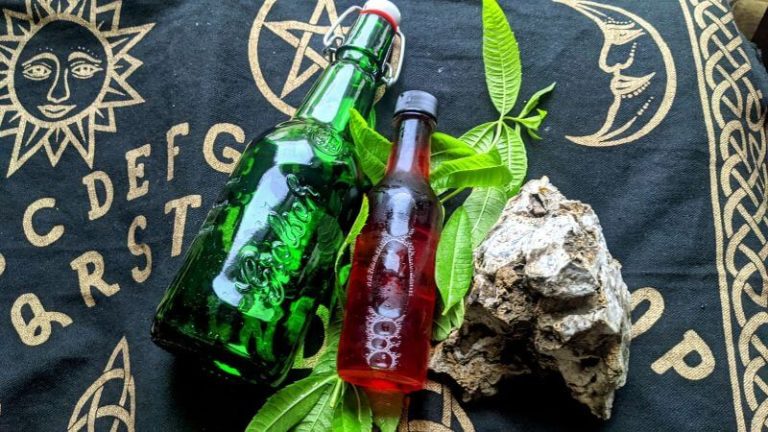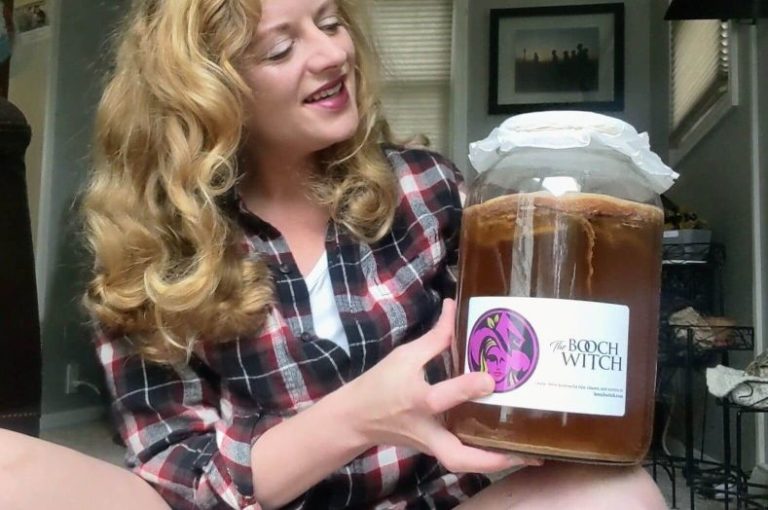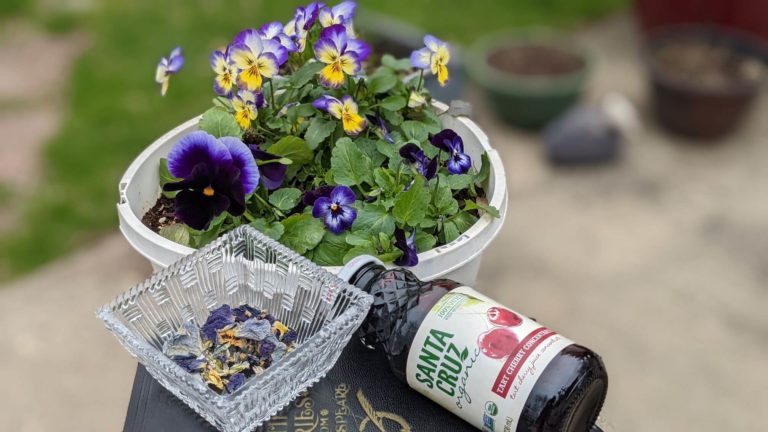Your favorite kombucha brands may be watered down.
Kombucha Brewers International released a Code of Practice. The code distinguishes between the following categories:
Traditional Kombucha Tea: This is a fermented tea, made with a scoby and sugar. The way I make my brew at home would be considered a Traditional Kombucha Tea.
Kombucha: Same as the Traditional listed above, but made with coffee, yerba mate, and other plants instead of straight fermented tea.
Jun Kombucha, Hard Kombucha, Herbal Kombucha: Jun kombucha is made with green tea and honey. Hard kombucha is kombucha with alcoholic content (follow me on social media to keep an eye on my attempts). Herbal kombucha can sometimes be made with other herbs instead of tea (i.e. dried hibiscus petals, chamomile, and lemon balm).
Processed Kombucha: Defined as a “type of kombucha to which a process has been applied to the product outside the traditional manufacturing process.” This includes de-alcoholization, pasteurization, filtration, etc… which may be necessary for commercial sale.
For more information, see this comprehensive article by Elaine Watson: “What is an ‘authentic’ kombucha? KBI publishes a long-awaited code of practice, proposes industry seal.”
Why does it matter to hobby booch-brewers?
I brew kombucha at home for many reasons, for example, it allows me to be in control of what I put in my body. Personal control.
To maintain a healthy weight and blood pressure, I look for as little added sugars as possible.
When I took a break from brewing booch this summer, was left kombucha-less for about two weeks until my continuous brew was back to normal production.
Left to buy kombucha at one of my local grocery stores to get my “fix,” I compared three of my favorite retail brews’ ingredients:




